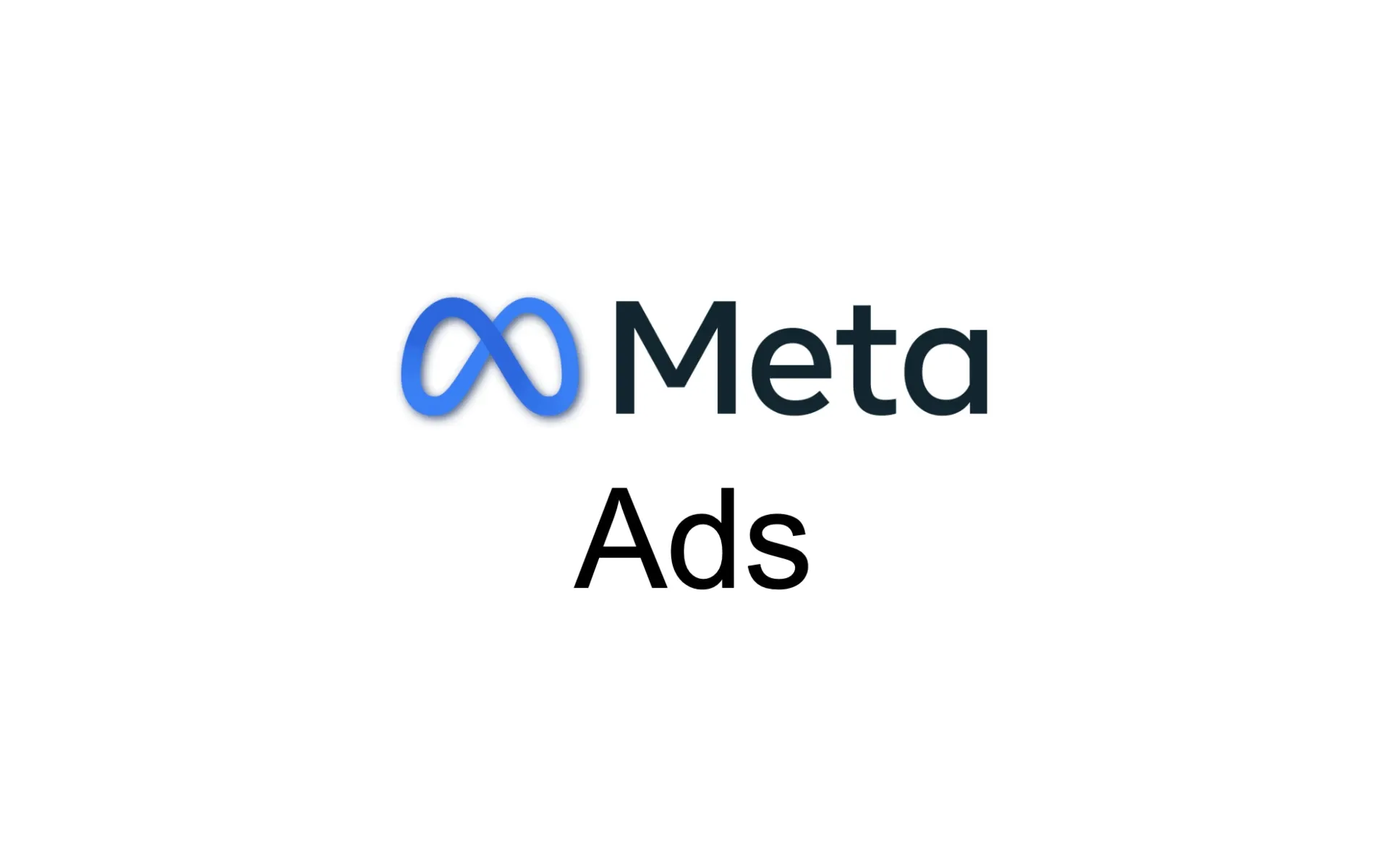Facebook (now Meta) has been at the forefront of digital advertising for years. Its massive user base and sophisticated ad platform have made it an essential tool for businesses looking to reach their target audience. But the landscape of digital advertising is constantly evolving, and Facebook Meta Ads is no exception. As we look toward the future, there are several emerging trends and innovations that businesses and marketers should keep an eye on. This article will explore those trends and explain how to stay ahead of the curve when it comes to Facebook Meta Ads.
1. The Rise of Video and Interactive Ads
Trend Overview:
Video content continues to dominate across social platforms, and Facebook Meta Ads is no exception. With the growing popularity of short-form video (think TikTok and Instagram Reels), Meta has been prioritizing video ad formats, including in-feed videos, Stories, and Reels ads. Video provides a dynamic way to engage users and convey your message in a way static images simply can’t match.
Why It Matters:
- Engagement: Video content on Facebook receives more engagement compared to static ads. It’s more likely to capture attention and encourage interaction.
- Storytelling: Video allows brands to tell a more compelling story, showcase products in action, or demonstrate benefits that text or images alone cannot fully convey.
- Reels Ads: With the launch of Reels Ads, Facebook is positioning itself to compete with TikTok’s video-first platform. These ads offer businesses a unique opportunity to leverage popular video content for increased visibility.
How to Prepare:
- Invest in video content: Start incorporating short-form video into your campaigns. Focus on creating engaging, authentic content that resonates with your audience.
- Explore Reels Ads: Experiment with Reels ads to see how they perform. This new format has great potential for creative brand storytelling.
2. Increased Automation and AI-Powered Ads
Trend Overview:
Meta is leaning heavily into artificial intelligence (AI) to streamline ad creation and optimization. This shift toward automation is designed to make ad campaigns more efficient by reducing the time spent on manual tasks and improving targeting through machine learning.
Why It Matters:
- Dynamic Creative Optimization: Meta’s AI can automatically test and optimize ad creatives in real time. By adjusting elements like the headline, image, and call-to-action (CTA), Facebook’s algorithms can show the best-performing ad variations to different segments of your audience.
- Simplified Campaign Management: Automation will enable businesses to create more effective campaigns without needing to micromanage every detail, saving time and resources.
- Lookalike Audiences and Predictive Targeting: AI can help identify patterns in user behavior, creating more accurate lookalike audiences that will likely convert based on previous campaign success.
How to Prepare:
- Leverage Dynamic Creative: Ensure your ads are set up to automatically optimize, allowing Facebook to test multiple combinations and deliver the most effective ones.
- Use Automated Rules: Implement automated rules in Ads Manager to adjust budget and bids, based on performance metrics. This will help manage campaigns more effectively and reduce manual effort.
3. Privacy and Data Changes: Navigating the New Norm
Trend Overview:
Changes in data privacy regulations, especially with Apple’s iOS 14 update, have already impacted how Facebook gathers and uses data for ad targeting. With increasing scrutiny on user privacy, Meta is adapting its advertising tools to comply with new privacy standards while still providing effective targeting capabilities.
Why It Matters:
- Less Data, More Precision: With reduced access to granular user data, Meta is focusing on improving its privacy-compliant targeting methods. This includes using aggregated data for measurement and finding creative ways to target users based on behavior patterns, rather than detailed personal information.
- Facebook’s Conversion API: As tracking pixels become less reliable, the Conversion API (CAPI) will become a crucial tool for advertisers. CAPI sends data directly from your server to Facebook, providing more accurate tracking and measurement.
How to Prepare:
- Implement CAPI: Start using Facebook’s Conversion API to ensure accurate tracking in the post-iOS 14.5 world. This will give you better insights into your customers’ behavior, even as third-party cookies disappear.
- Focus on First-Party Data: Leverage your own customer data to build custom audiences, reducing reliance on third-party tracking.
4. Augmented Reality (AR) Ads: The Next Frontier
Trend Overview:
Augmented Reality (AR) is making its way into Facebook Meta Ads in a big way. Through AR, brands can create interactive and immersive experiences that allow users to engage with products virtually before making a purchase decision.
Why It Matters:
- Enhanced Engagement: AR provides users with an interactive experience, making it easier for them to visualize products in real life. For example, a user could try on a pair of sunglasses or visualize a piece of furniture in their home via their mobile device.
- Social Commerce Integration: With Facebook and Instagram’s growing emphasis on social commerce, AR offers a unique opportunity for users to purchase directly through an engaging experience.
How to Prepare:
- Create AR Experiences: Start exploring the Facebook AR ad tools (like Spark AR) to develop interactive ad experiences for your audience.
- Test AR Ads: Run small campaigns to gauge user interaction and effectiveness, especially for products that benefit from virtual try-ons or simulations.
5. E-Commerce Integration and Product Tagging
Trend Overview:
Facebook and Instagram are evolving into full-fledged e-commerce platforms, integrating shopping features directly into their ads. Businesses can tag products in their ads, allowing users to make a purchase without leaving the app.
Why It Matters:
- Seamless Shopping Experience: Meta’s increased emphasis on e-commerce reduces the friction between discovering products and making a purchase, streamlining the customer journey.
- Facebook Shops: With Facebook Shops, businesses can create a digital storefront within Facebook and Instagram. Product tags, interactive carousels, and in-feed shop options are becoming more common in ads, making it easier for users to browse and purchase.
How to Prepare:
- Set Up Facebook Shops: If you haven’t already, create a Facebook Shop to start integrating products into your ads.
- Use Product Tags in Ads: Leverage product tagging in your ads to enable a smoother shopping experience for users.
Conclusion
The future of Facebook Meta Ads is bright, with innovative technologies like AI, AR, and e-commerce integration set to change the way businesses approach digital advertising. While these trends present new opportunities, they also require businesses to adapt quickly to stay competitive. By embracing these trends early on and leveraging Meta’s advanced tools, you can enhance your advertising strategy and continue to reach your audience in new and engaging ways.
As Meta continues to innovate, staying informed and proactive in adopting these changes will ensure that your business remains at the cutting edge of digital marketing. Keep experimenting with new ad formats, explore the potential of automation and AI, and always prioritize user privacy to maintain an effective, sustainable advertising strategy. The future is here, and it’s time to take advantage of it!

